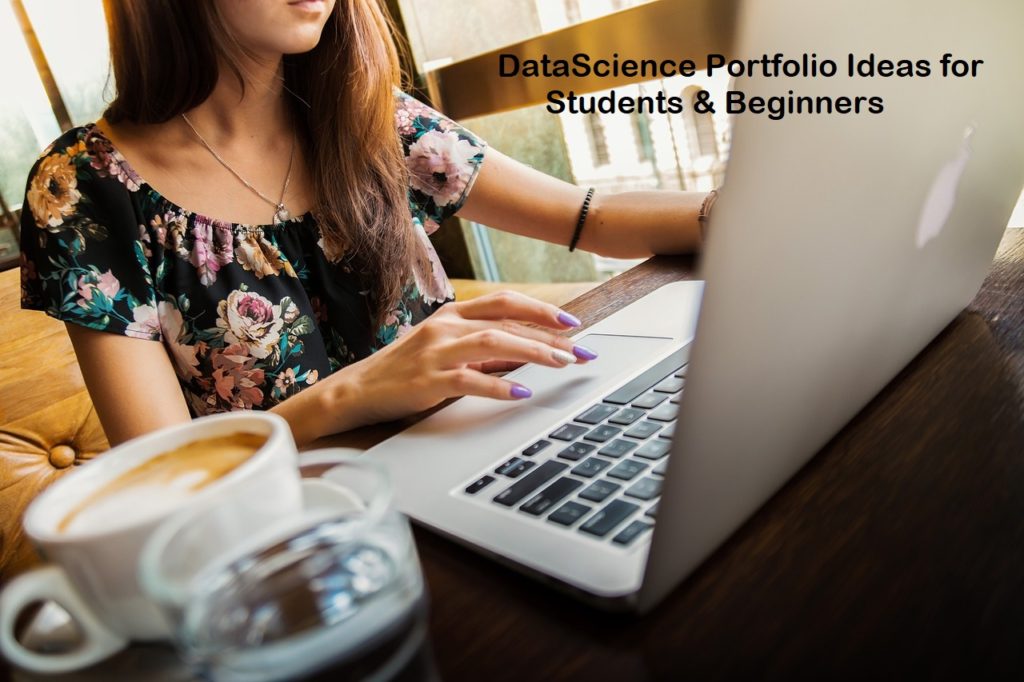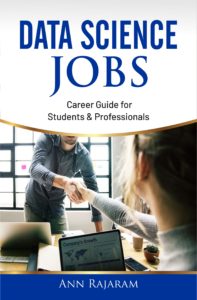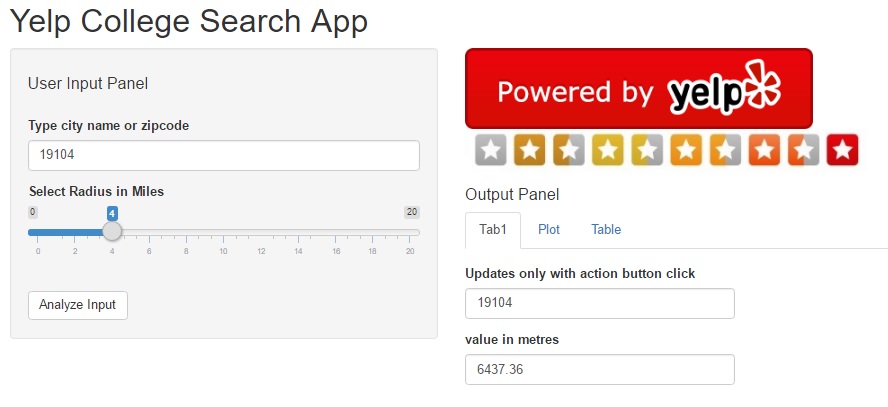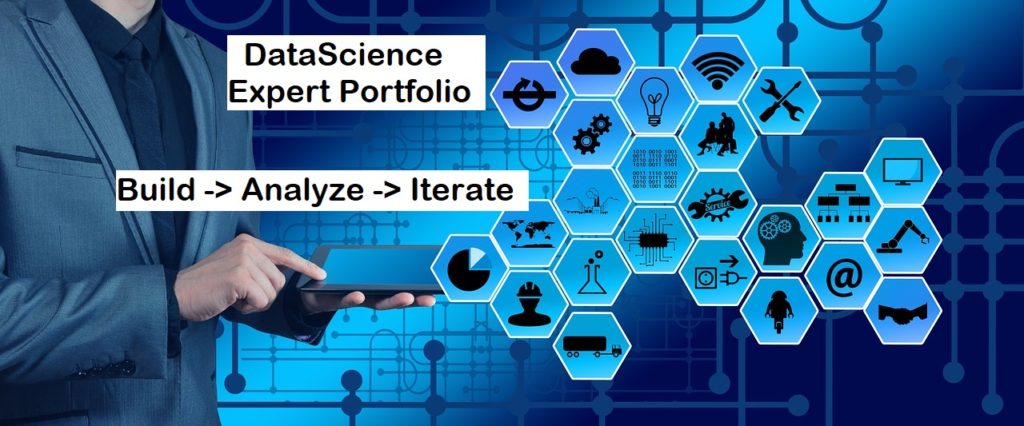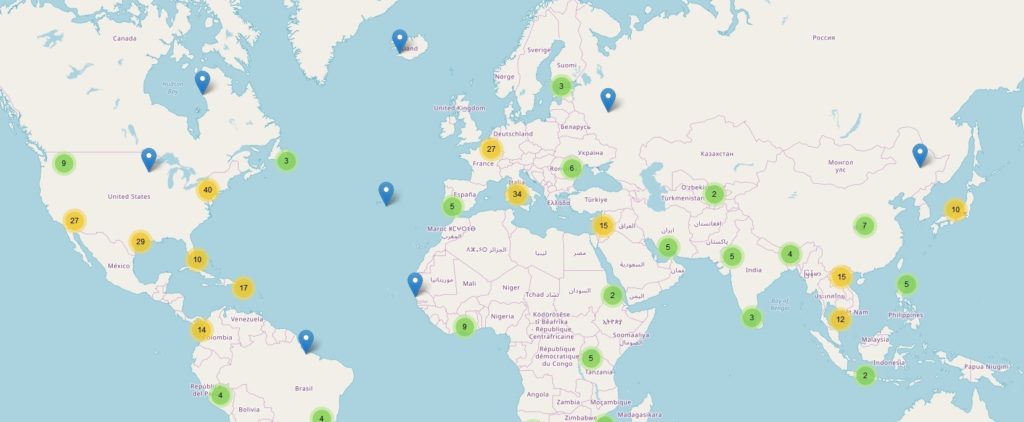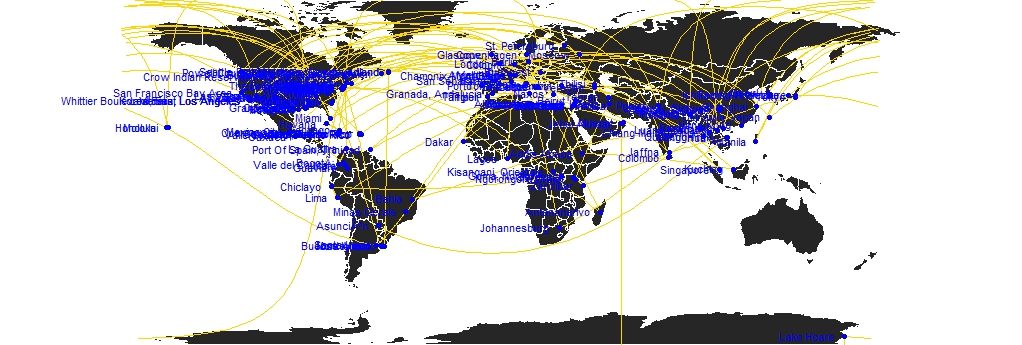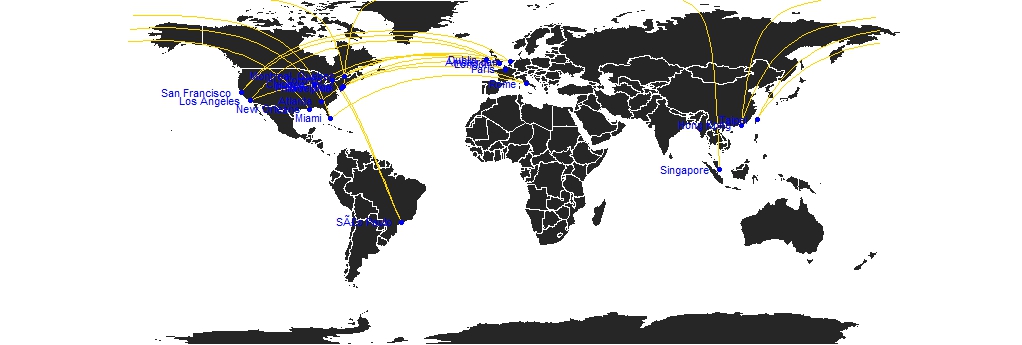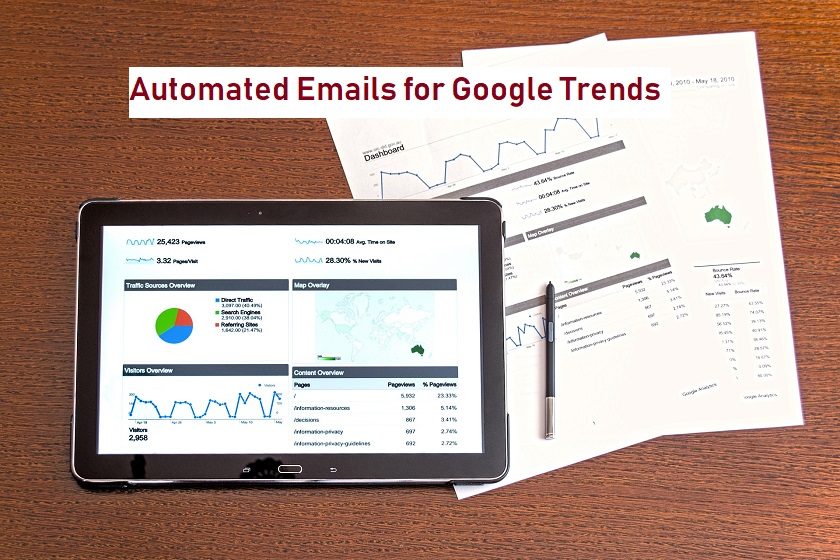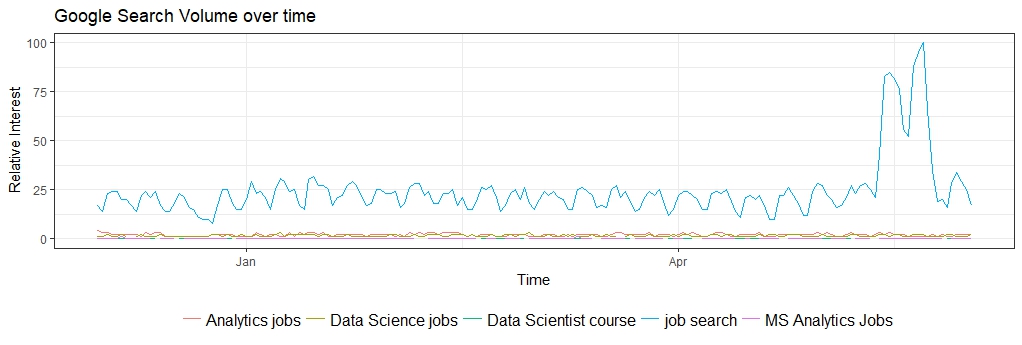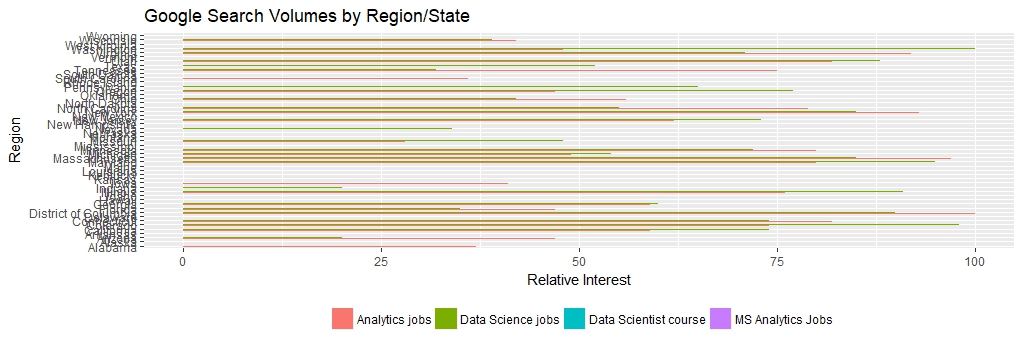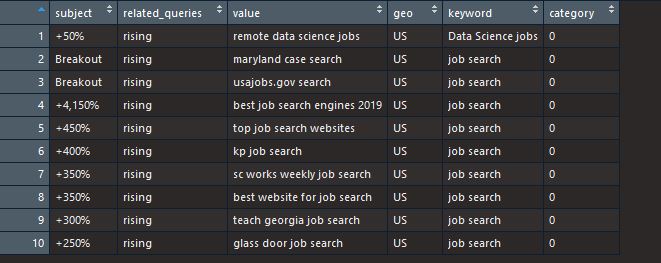I had the opportunity to attend the third annual PHLAI 2019 conference on Artificial Intelligence and Machine Learning. Organized by Comcast, this was an amazing full-day event (on Aug 15th) with a theme of using AI to improve customer experience.
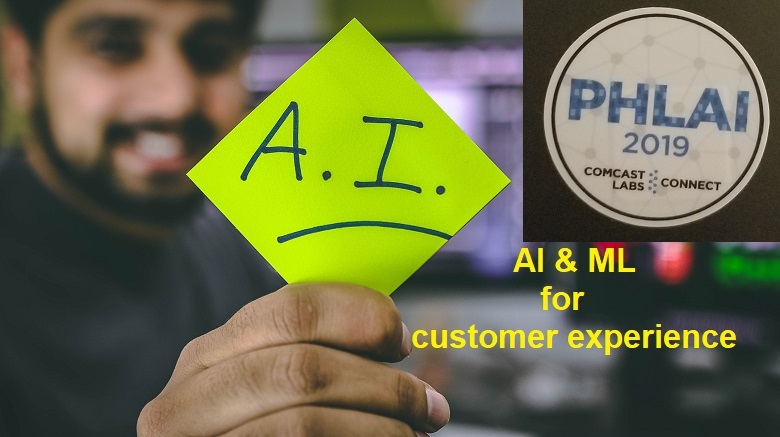
For those who are not in the Greater Philadelphia area, I have to point out that most AI/Machine learning or even tech conferences typically happen either on the West Coast or in NYC. So the cost of travel/lodging can quickly add up if you want to attend as an individual.
Always been a point of contention to me that there aren’t any interesting conferences held in the Philly area. After all, we are home to a large number of startups (RJMetrics, Blackfynn, Stitch, Seer Interactive), Fortune500 employers like Nasdaq, Comcast, Vanguard and most of the big banks (JPMorgan, Barclays, etc.)
So here is a big shoutout to Comcast (esp. Ami Ehlenberger) for making the magic happen in Philly!
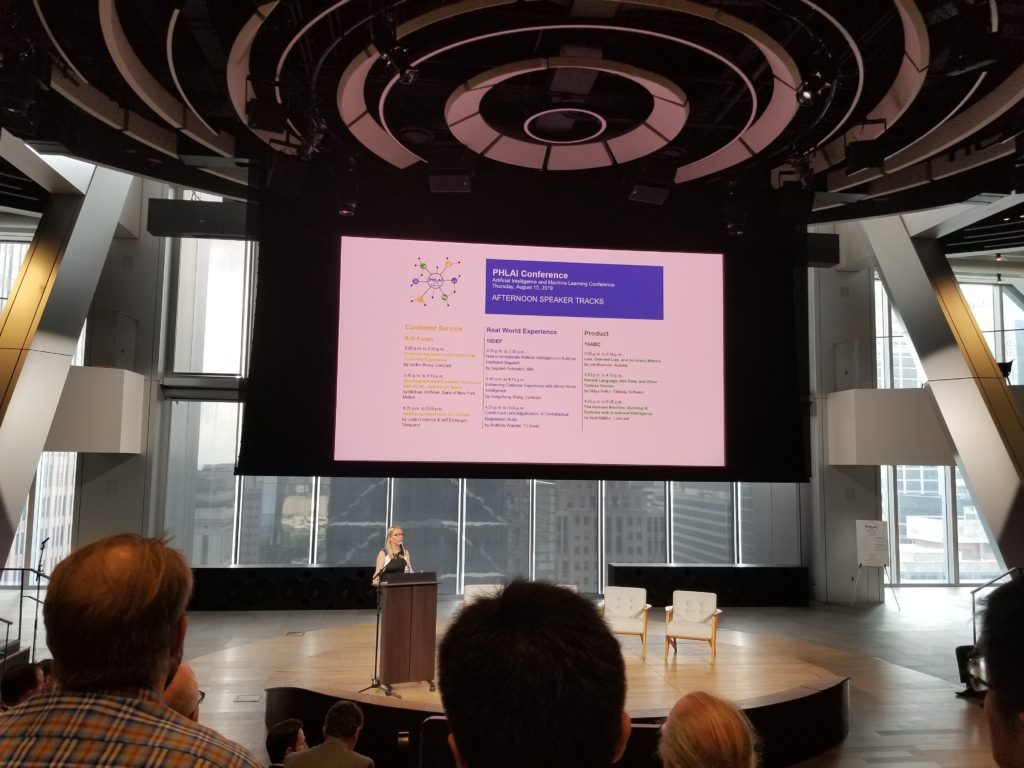
Coming back to the conference, here is a summary of my takeaways of the event:
1) Keynote – morning & evening
2) Speaker & Workshop Sessions – DataRobot, H20, Humane AI, Tableau and more..
3) Networking
4) Key Takeaways
5) Overall
1. Keynote
There were 2 keynotes – morning and afternoon. Both were brilliant, and engaging and filled with useful information.
Morning Keynote
This was given by Nij Chawla of Cognitive Scale. Snippets from his talk that resonated most with me:
- Practical tips on how to use AI to create individual customization, especially to improve conversions on business websites.
- For getting most ROI on AI investments, begin with smaller AI projects and deploy/iterate. Most projects fail because they aim at initiating a massive overhaul that take so long to move to production, that half the assumptions and data become invalid. Divide and conquer.
- Don’t use AI just for the sake of it.
- Real time data is crucial. 360 degrees view by aggregating multiple sources will help to drive maximum effectiveness, especially in banking and finance.
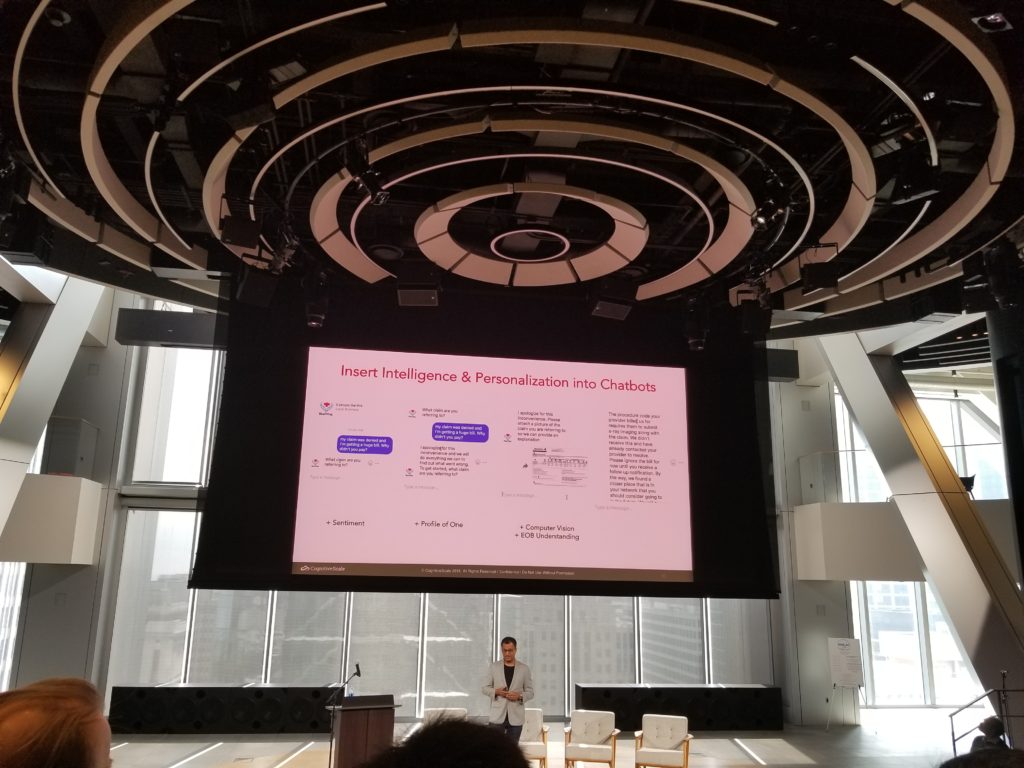
He also presented some interesting examples of AI projects that are already in use today in various domains:
- Early screening of autism & parkinson using front camera of phone. Apparently the typing/ tapping on phone is different for such patients and when combined with facial recognition technology, the false positives have been very low.
- Drones in insurance. One company used drones to take pictures to assess damage after hurricane Harvey and proactively filed claims on behalf of their customers. This meant that the papaperwork and claim money was released for affected customers. Home repair contractors are in heavy demand after such natural disaster but the customers from this company had no trouble getting help because everything was already set up! What better example of extraordinary customer service than helping your customers re-build their life and homes? WOW!
- Drone taxi in Dubai. Basically a driverless helicopter. Scary yet fascinating!
- VR glasses for shopping. Allows customers to interact with different products and choose color/ design/ style. Ultimate customization without the hassles of carrying gigantic amounts of inventory.
Evening Keynote
This was presented by Piers Lingle & David Monnerat from Comcast. They spoke about the AI projects implemented at Comcast including projects to proactively present options to customers that increase customer experience, reduce call center volumes and complaints. I loved the idea of using automation to present 2-way dialog using multiple means of communication. The also spoke about chatbots and strategies that help chatbots learn at scale.
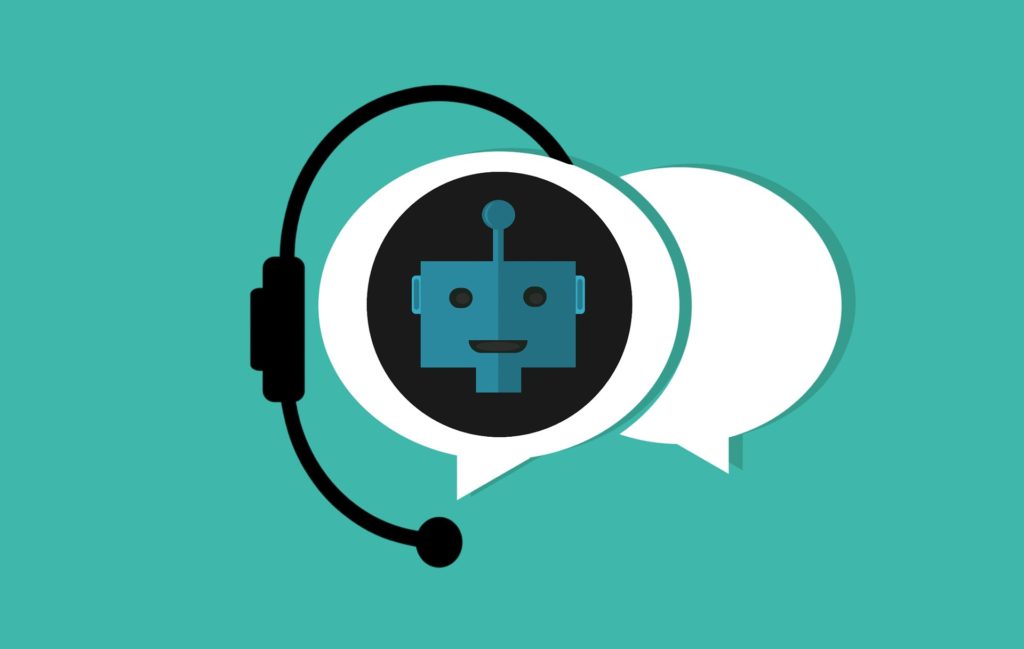
Some other salient points:
- Automation is a part of the experience, not an add-on or an extra bother
- Voice remote for Comcast TV users allows customers to fast forward for commercial breaks. Cool! 🙂
- Think beyond NLP. AI works better in troubleshooting tasks when customers are struggling with describing problems, for example troubleshooting internet connectivity issues.
- Measure from the beginning . Measure the right thing. Easy to say, hard to do.
- Done correctly, AI does seem like magic. However, it takes a lot of work, science and complexity. So appreciate it! 🙂 Above all, trust the tech experts hired for this role instead of pigeoning them with hyper-narrow constraints but high expectations.
2. Speaker & Workshop sessions
The afternoon had 3 different tracks of speaker sessions with 3 talks each – Product, Customer Service & Real-World Experience. Attendees were allowed to attend talks from all 3 tracks which was what I did. The speaker lineup was so spectacular, I noticed a lot of folks being spoilt for choice and scratching their heads after every talk, on where to go! 🙂
I am only writing about the ones I attended. However, I did receive positive feedback overall for all the other sessions too! (No offense to the folks who presented but are not mentioned on here! )
Workshop by Datarobot.
This is an interesting software that helps you explore data, automate data cleansing and most important test by running multiple models in parallet. So you could test with hundreds of models and algorithms. The workshop was presented by the VP of DataScience, Gourab De and was extremely appealing.
It does have features for tweaking parameters, and excellent documentation so personally I think it would greatly augment the work of an experienced data scientists. Given the shortage of talent, tools like these would allow smaller teams to become faster and more efficient.
The availability of logs is another fabulous feature for banks (since I work in one) due to the stringent regulatory requirements around compliance, ethics and model governance.
Chaos Engineering & Machine Learning
Presented by Sudhir Borra of Comcast itself. The talk was mainly about the concept of chaos engineering; used to test resiliency of systems. This is quite crucial for serverless AI and automated CI/CD pipelines when models are tested and deployed in the cloud. This was quite technical yet practical to teams and companies looking to implement robust AI systems within their organizations.
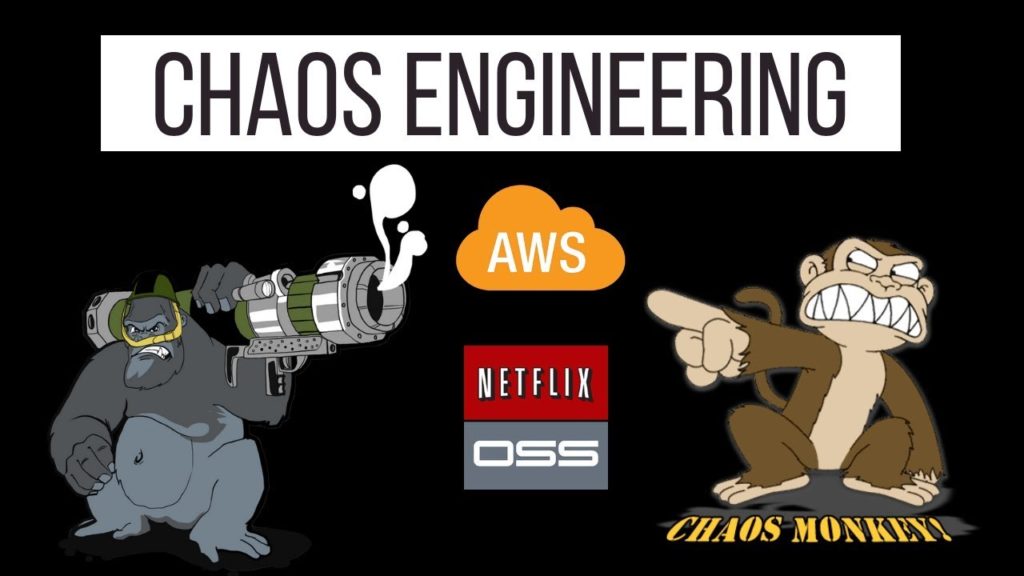
Data Stories Tableau Session
Presented by Vidya Setlur of Tableau, who spoke of some interesting features with Tableau. For example, did you know Tableau gives logical color palettes where it makes sense, rather than to default colors? For example for a dataviz on vegetables, brocolli is assigned color green, whereas carrots would be assigned orange. She also spoke about “stroop” effect, which I urge every data scientist or Tableau developer to look up and understand.
There were also some interesting Qs about expanding the natural langauge questions to be activated via voice. The answer was that it is currently not available because the folks who would truly find this useful are senior executives who would possibly only use it over phone (not desktop) and hence also require touchscreen capabilities for using drill-down features.
This was a perspective I had not thought about, so I was quite impressed at how far the company has thought about features users might want far into the future. Like Apple, Tableau’s elegant design, ease of use and intuitive features make it a class apart in terms of functionality and customer experience.
The Humane Machine: Building AI Systems with Emotional Intelligence
Extremely engaging talk by Arpit Mathur of Comcast on some interesting work that Comcast is doing.
He also spoke of LIWC library – linguistic inquiry and word count and how to apply those on natural langauge data to gauge sentiments, similar to the Plutchiks wheel of emotions. Also on how to use these for creating more “sentient” chatbots and applications, since the context matters as much as words when we (humans) communicate. For example, how some cultures use words literally, whereas others could use it to mean the exact opposite!
He also discussed ethics in AI, which naturally was a “hot” topic and sparked multiple questions and discussions.
Handson Labs – H20 – Automated AI/ML
I’d heard many rave reviews about this product, so it was wonderful to be able to attend a handson workshop on how to use the tool, available features and check effectiveness of the models it can generate. Personally I found it to have just the right mix of automated model generation (great for newbies) and model customization (for advanced users).
3. Networking
The conference included two rounds of networking time, once with free breakfast, and second at 5:15 pm in a formal networking reception. Both were great opportunities to meet with other attendees and speakers.
I was not attending with any aim for job hunting, but I did see a list of open roles at Comcast. Plus, I did see folks talking about roles in their org, and describing their work, so certainly the event was an excellent venue to have informational interviews and reach out for potential collaboration.
Not to mention the new contacts will be useful in the future, should I choose to look.
I met a wide variety of folks – from students to software developers to product leads and even senior engineering leaders who wanted to learn best practices on how best to get ROI on future AI investments. There were folks who were just interested in learning more about AI, some looking for their next big idea and everyone in between. It was not just tech folks who attended, and folks were attending from domains like adtech, marketing, automobiles, healthcare and of course banking.
Amazing to see the turnout and community. Overall, I think job seekers should attend such events!
Oh, and I have to mention the gorgeous Comcast building – amazing working space and the central atrium was both futuristic and functional. I definitely regretted not taking the Comcast tour! (In fairness, the workshop I attended was fabulous too! )
Of course there was also time to chitchat between sessions and I am thankful to everyone who interacted with me! Thanks for your sparkling conversations.

4. Key Takeways
- Focus on the customer and the end goal. Technology is only a tool to enable better outcomes and efficiencies. AI tools have matured, so make full use of it.
- For the best return and impacts from AI projects, quick action is key. Choose a specific usecase, choose a metric to evaluate success and then proceed. If the model works, BRAVO! If they do not, you get valuable feedback on your initial assumptions, so you can make better decisions in the future.
- Clean, reliable data is paramount. Garbage in, garbage out!
- Collaboration is important. You do need to get the blessings from multiple stakeholders like IT, business, product, customer service, etc. But do not let collaboration equate to decision paralysis.
- Done right, AI can be magical and live up to the hype. The critical component is getting started.
- Data and user preferences change quickly, so think about automating model deployments and/or implementing CI/CD using technologies like kubernetes or the myriad tools and software available on the market to get to production quicker.
- There is a huge talent shortage of experienced machine learning and artificial intelligence developers, so think about “upskilling” existing employees who already know the business and customer pain points.
5. Overall
Overall I found the event to be incredibly useful and I plan to attend again next year. I am also looking forward to use the takeaways in my own role and evangelize AI products within my org.
